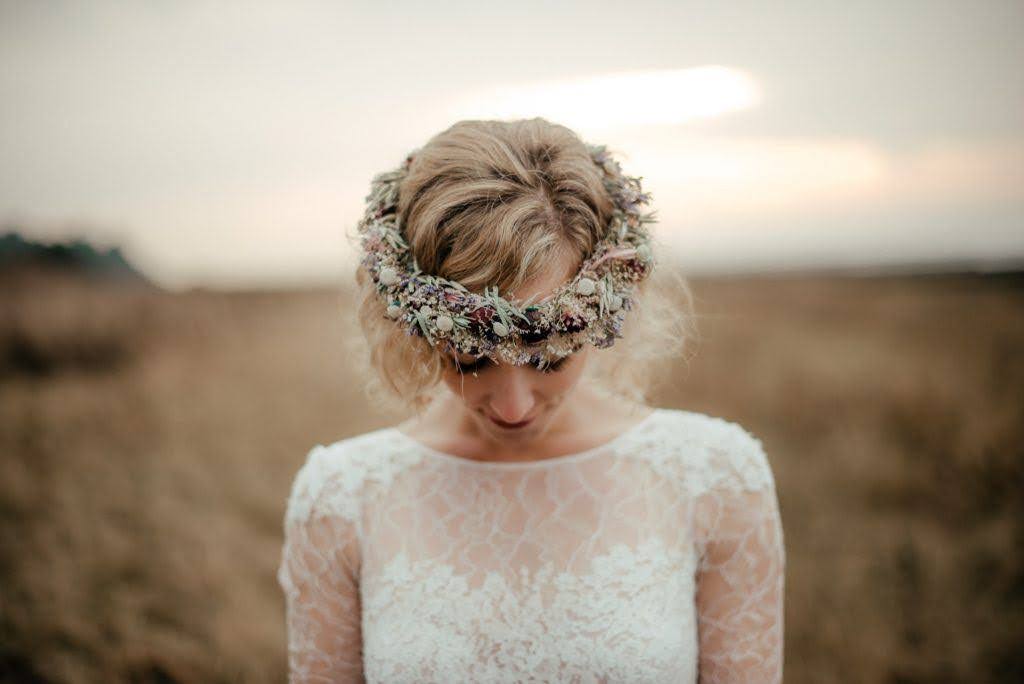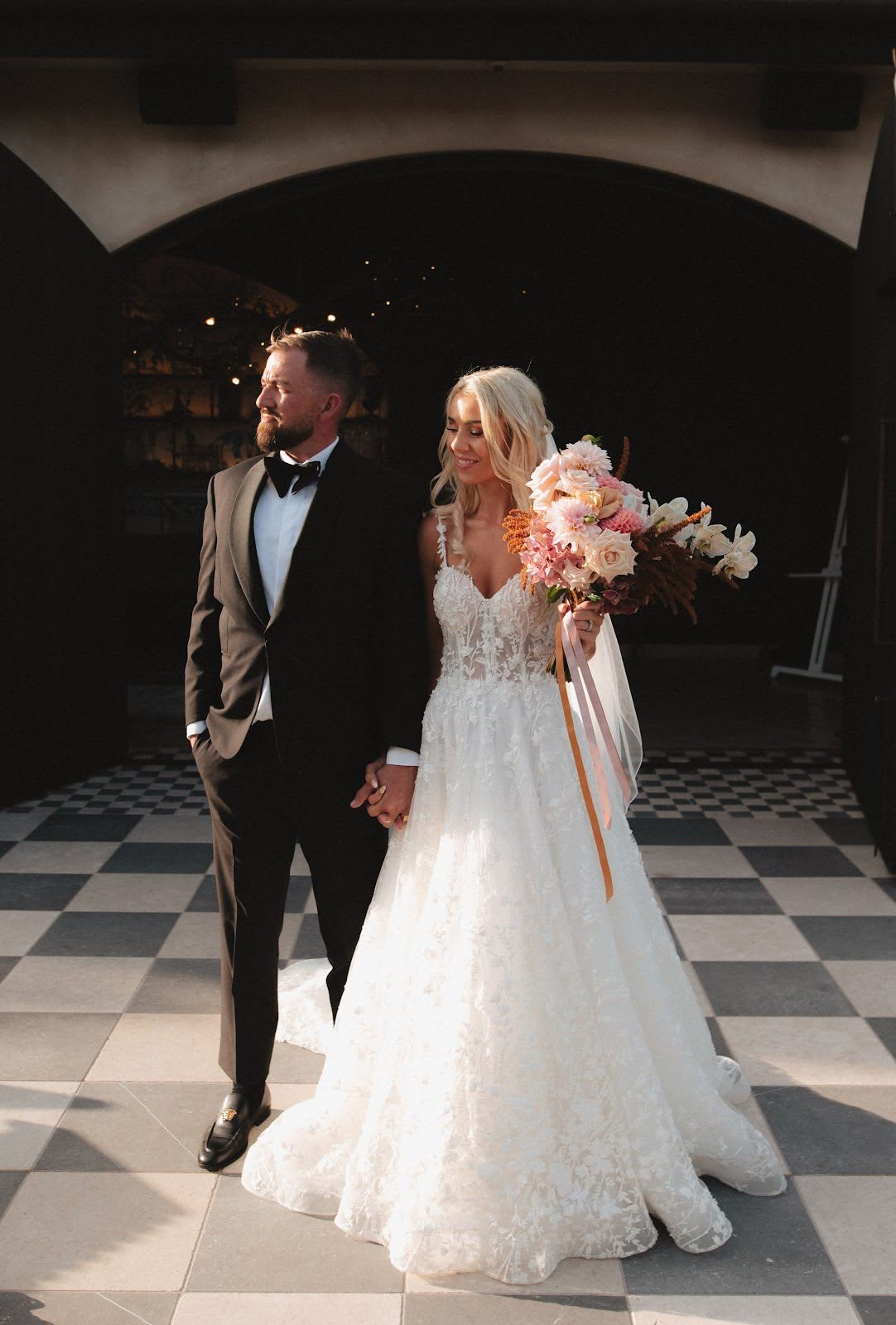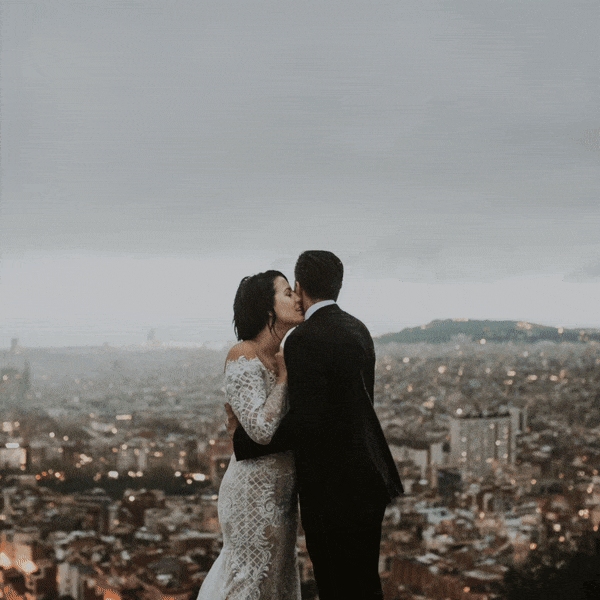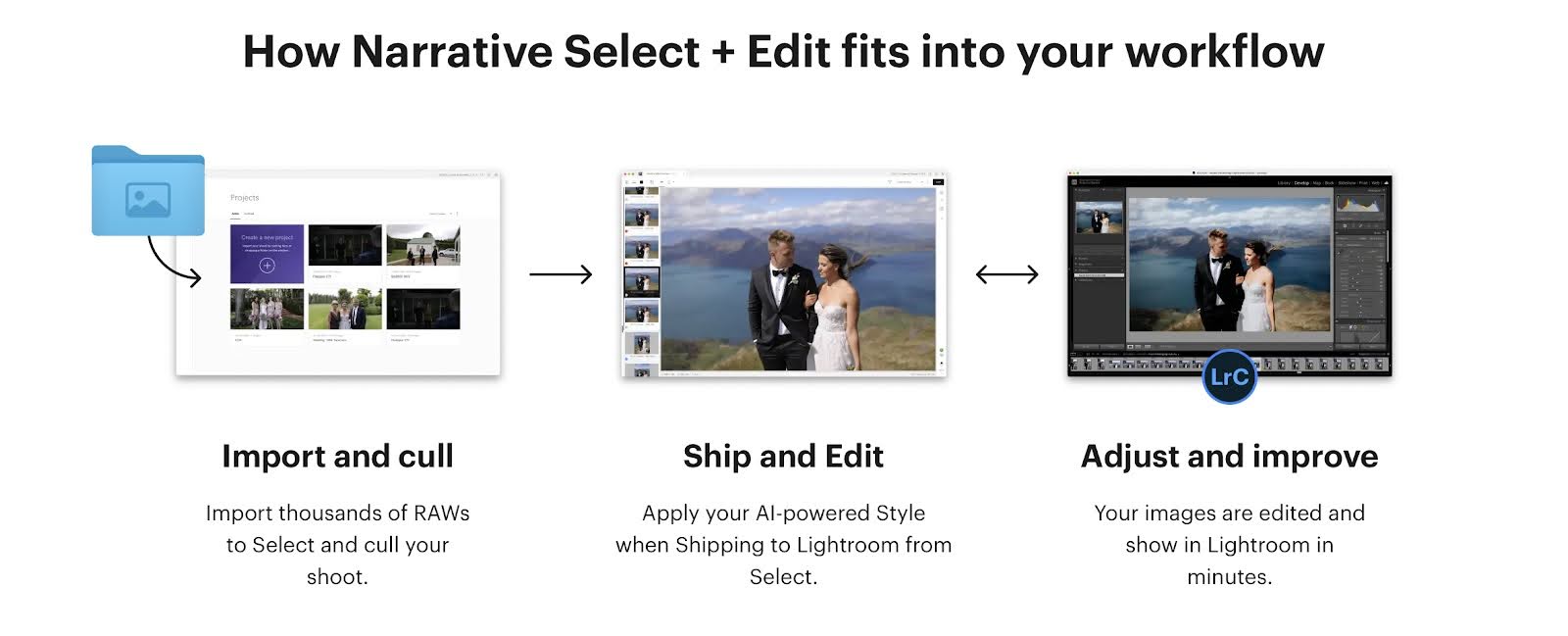Beyond My Lens: Photographer Katie Levine’s Storytelling Podcast, Supported by Narrative
Blog
By Kyle Wilson
Some images immediately grab your attention with their bold, striking differences between light and dark, while others draw you in gently with a softer, more subtle look. The secret behind these varying effects is called contrast, a key concept in photography that can dramatically change the way your photos look and feel.
Contrast in photography refers to the difference between the light and dark areas of a photo. Think of it like the difference between a sunny day and an overcast day. On a sunny day, the bright sunlight creates strong shadows and highlights, making everything look more defined and dramatic. This is similar to high contrast in photos, where the light and dark areas are very distinct.
On an overcast day, the light is more even and soft, with fewer shadows and highlights. This is similar to low contrast in photos, where the transitions between light and dark are more gradual and subtle and create a softer look.

Image: Chris Zielecki
Contrast plays a crucial role in how a photo is perceived. It affects the mood, emphasis, and overall impact of the image. By adjusting contrast, photographers can highlight details, create specific atmospheres, and guide the viewer's attention to particular elements within the frame.
High contrast can make textures and details pop. For example, in landscape photography, increasing the contrast can bring out the ruggedness of rocks, the veins in leaves, or dramatic skies at sunrise or sunset. It can make the elements of the landscape stand out more vividly.
Conversely, low contrast can smooth out details, giving a more serene and gentle impression. This may be more suited for capturing misty or foggy scenes, where the subtle transitions between light and shadow can convey a peaceful, dreamy atmosphere. It can also be used to create a sense of calm and tranquility in sunset or sunrise photos.
Contrast can significantly alter the mood of a photo. High contrast images tend to be more dramatic and intense, perfect for capturing powerful moments or dramatic scenes. Think of the striking black and white portraits by Sebastião Salgado, where the high contrast emphasizes the depth and emotion in the subjects' faces.
On the other hand, low contrast images can evoke a sense of calm and tranquility. Using low contrast with soft, muted tones creates a dreamy and almost nostalgic atmosphere. Rinko Kawauchi uses low contrast in much of her work to convey the emotion in intimate moments of everyday life.
Contrast helps direct the viewer’s eye.
In high contrast images, the strong differences between light and dark areas can make certain elements stand out, guiding the viewer’s focus to key parts of the photo.
Low contrast images, with their gentle transitions, can create a more uniform look, allowing the viewer to take in the whole scene without being pulled to any one spot immediately.

Image: Jonathan Suckling
There are no hard and fast rules, but here are situations where high contrast often comes into play.
In black and white photography, contrast is essential. In the absence of color, the differences between light and dark areas become the primary way to define shapes and forms.
Street photography often benefits from high contrast. The stark contrasts highlight the intense emotions and dynamic scenes found on the streets. Photographers like Bruce Gilden use it to capture the raw and gritty essence of urban life.
High contrast can be used in portraits to emphasize features and expressions. Annie Leibovitz’s iconic portraits often feature dramatic lighting that highlights the subject’s face and adds depth to the image.
When photographing buildings, high contrast emphasizes architectural details and the play of light and shadow on surfaces. This approach can make the lines and shapes of the architecture more pronounced and visually interesting.
High contrast is particularly effective in night photography, where the stark differences between brightly lit areas and deep shadows can create dramatic, moody images. This technique captures the essence of nightlife, with its bright lights and dark corners.
Get started with 1000 free credits.
Using low contrast effectively requires an understanding of how light and shadow interact with your subject. When applied thoughtfully, low contrast can produce beautiful, subtle, and emotive images that convey a sense of calm and tranquility.
Low contrast in portrait photography creates a soft and flattering look. It smooths out skin tones and reduces the appearance of blemishes, resulting in gentle and serene images.
If you’re after a peaceful, dreamy atmosphere to evoke the serenity of nature, low contrast comes into play to make subtle transitions between light and shadow.
In still life photography, low contrast can create a delicate and refined look. It emphasizes the textures and details of objects without creating harsh shadows or highlights, resulting in a harmonious composition.
When photographing interiors, low contrast can help create a warm and inviting atmosphere. It can emphasize the subtle play of light and shadow within a room, making it feel more comfortable and lived-in.
Low contrast can be useful in documentary photography to create a more natural and realistic portrayal of a scene. It conveys the subtleties of everyday life without adding dramatic effects, making the images feel more authentic.
Low contrast can mimic the look of vintage or retro photographs, which often have a softer, more faded appearance. This approach adds a nostalgic feel to the image, perfect for creating a sense of timelessness.
A skilled wedding photographer often blends both low and high contrast techniques to tell a comprehensive story of the wedding day. They might use low contrast for the preparation and intimate moments to evoke warmth and closeness, and high contrast for the ceremony and reception to highlight the emotions and festivities.

This approach helps create a dreamy, ethereal atmosphere, perfect for capturing the tender moments of a wedding. Here’s how it might be applied:
This can add drama and intensity to the images, making them stand out more vividly.
A wedding photographer’s choice of contrast will depend on the desired effect, whether it’s soft and romantic or sharp and detailed, and will often involve a mix of both to capture the full range of emotions and moments throughout the wedding day.
It comes down to your style and approach and what the client wants. For instance, when shooting bridal portraits, high contrast would give a striking and dramatic look, emphasizing the contours of the bride’s face and the textures of her dress. Low contrast will create a softer, natural appearance, conveying elegance and grace.
The use of high contrast and low contrast styles can dramatically alter the mood and visual impact of wedding photographs. Both approaches have their unique strengths and can beautifully capture the essence of a wedding day in different ways.
In post-processing, the photographer can adjust contrast levels to enhance the desired effect, ensuring that the final images align with the overall aesthetic of the wedding album.
We created Narrative Edit to help you develop your Personal Style and easily apply it to a gallery of images with one click. You can get started with Artist Styles, developed by renowned photographers exclusively for Edit users. Or, upload your images that are edited in a similar style and let AI create your Personal Style which you can adjust to your liking.
Think of it as your personal AI editing assistant that will continue to get to know your unique style and apply it consistently for you. Try Narrative Select + Edit for free today.
Understanding and mastering contrast is essential for photographers to create compelling and emotionally resonant images. Whether aiming for a dramatic, high contrast look or a soft, low contrast feel, knowing when and how to use contrast can transform an ordinary photo into something extraordinary.
Of course, contrast interacts with other elements of editing, like shadows, brightness, and exposure. We’ll continue to provide tips on how to edit your photos in upcoming posts.
Follow Narrative on Instagram (@narrativeapp) for more photography tips and tricks.